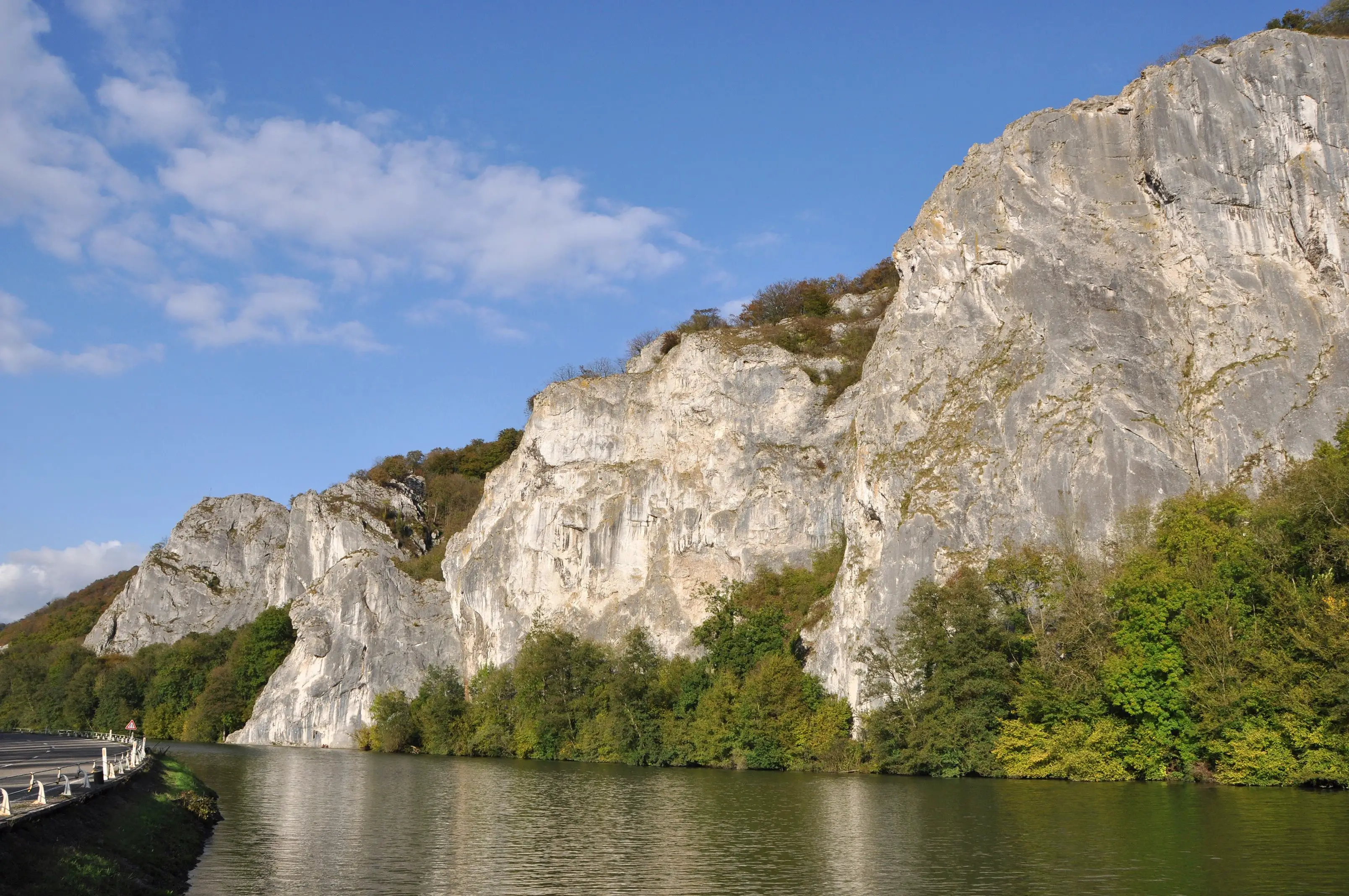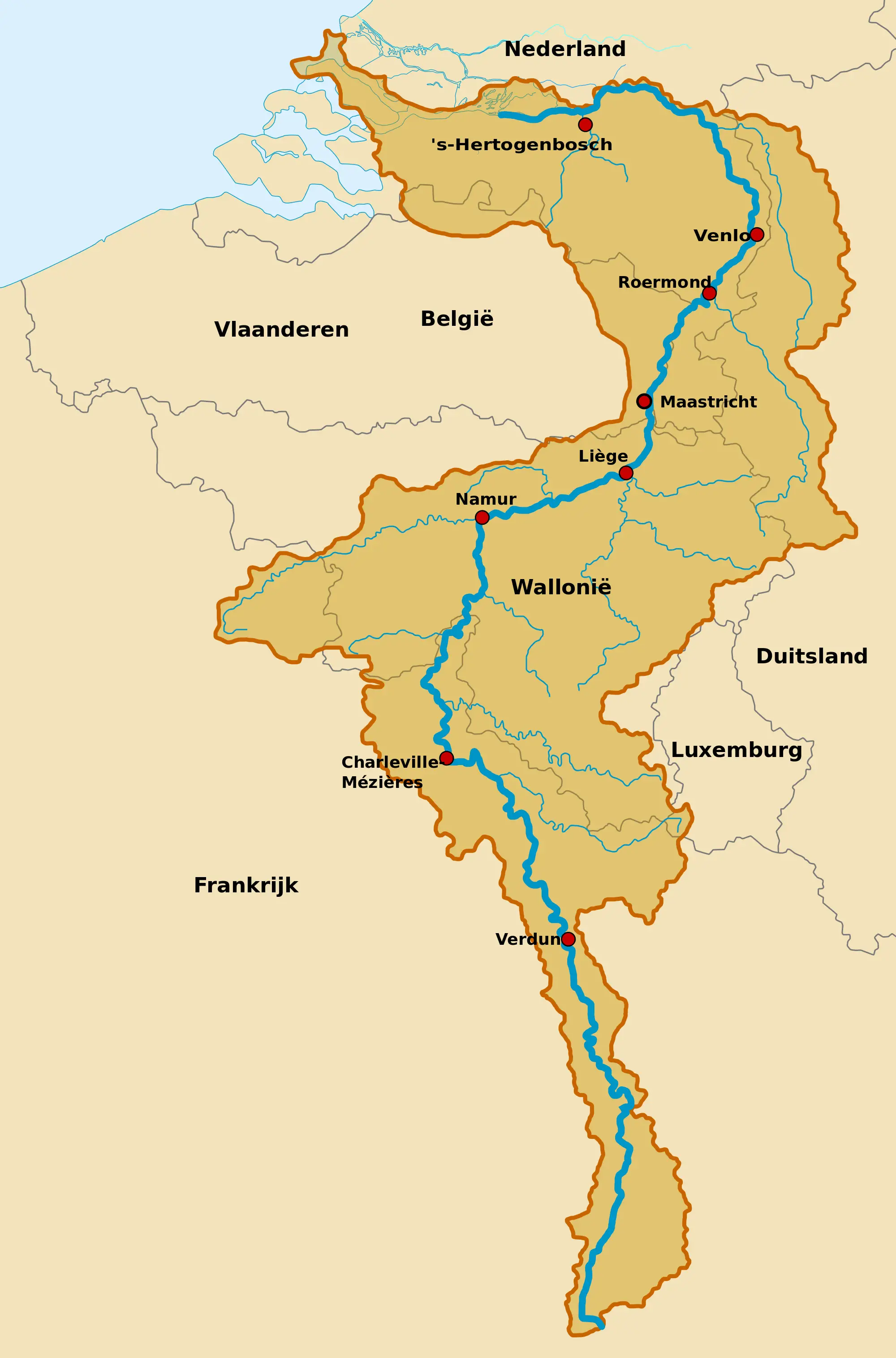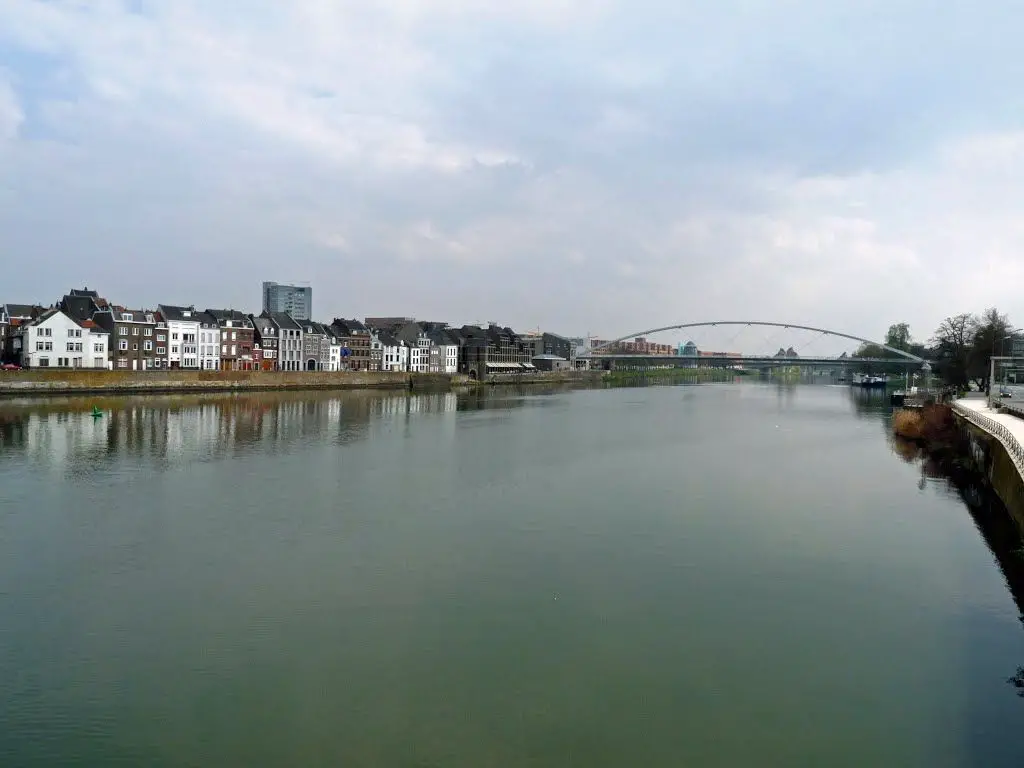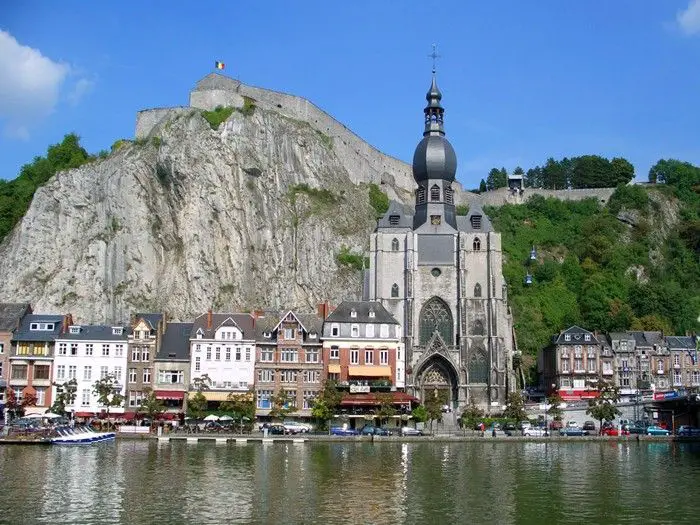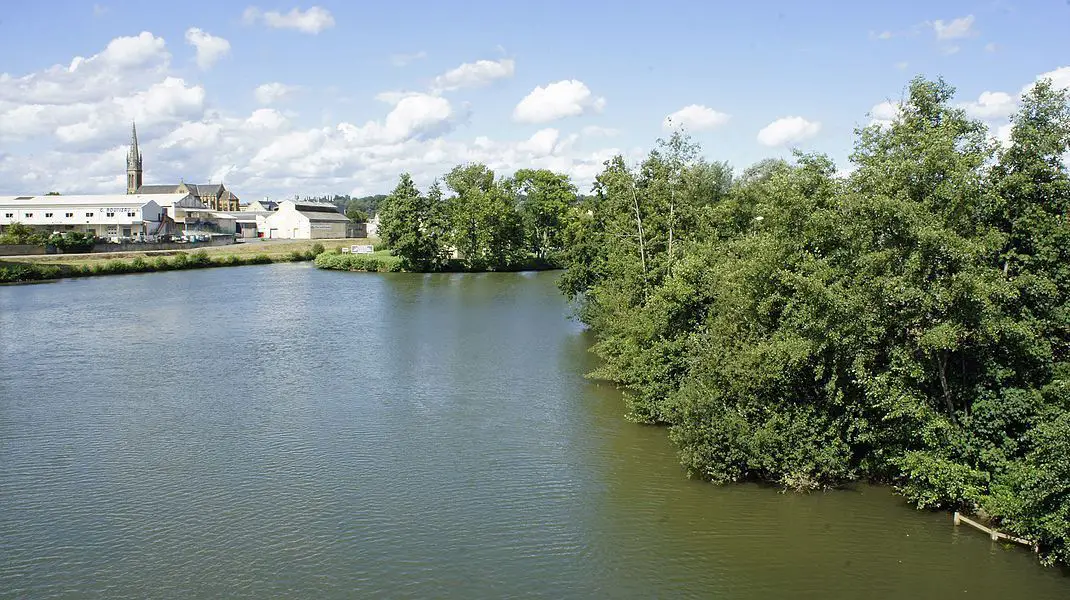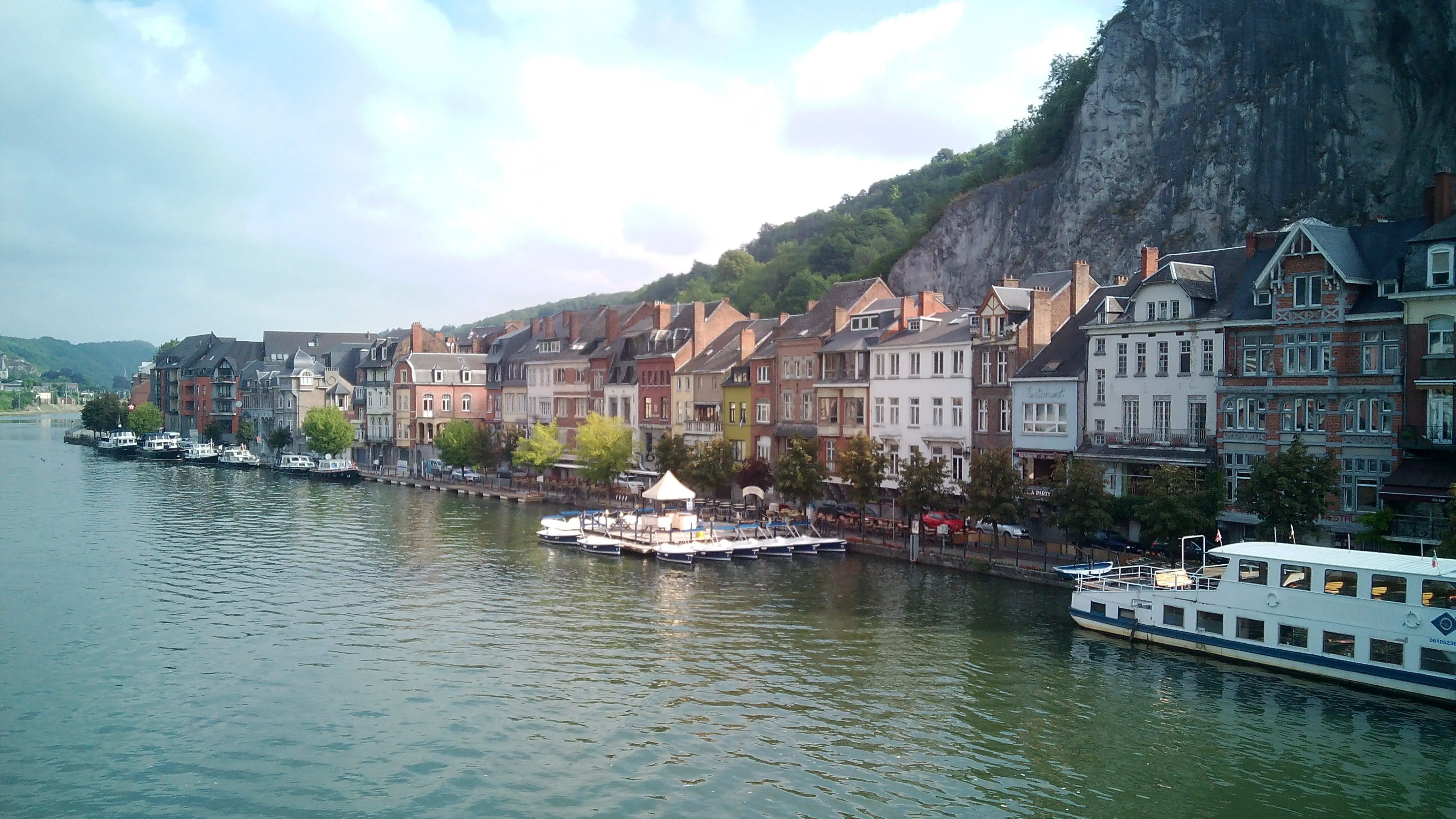You want to know the beautiful Meuse is a slow and meandering river that allows navigation, so it is one of the most visited in this country, I invite you to stay until the end and you will be enchanted by this majestic river.
Indice De Contenido
Location and map of the Meuse
The Meuse has its source in France and flows through two other countries, Belgium and Holland. This mighty river is nine hundred and fifty kilometres long, rises four hundred and nine metres above sea level and has a basin of thirty-six thousand square kilometres.
After its long journey, it flows into the North Sea together with the Rhine basin, where it forms a large delta.
On his way he visits these countries, passing through the large cities that are growing along its banks.
Meuse, Belgium
The Meuse is a very important river in Belgium, and it crosses several towns that were founded on its banks, the most important of which is the Walloon town of Dinant. This river is an icon of Dinant, as are the citadel on its banks and the collegiate church of Notre Dame.
This river is of great importance for the country, so much so that Wallonia, (federal entity of Belgium) signed a treaty with France, Germany and Holland, so that between them they could solve everything related to the Meuse, as it is an international river.
Passing through the town of Dinant, which is considered to be the most photogenic town in Belgium, you can see all the majesty of the town. The city is nestled between the Meuse and the rocky massifs of the Ardennes.
In this video you can see a short tour of the city of Dinant and the river Meuse.
The city is known as the “Daughter of the Meuse” because it is situated on the banks of the river. In the Middle Ages, its riverbed was of great importance for trade in the area, as it is navigable throughout. There is no better way to see the city than by river, either in one of the yachts designed for this purpose or in a kayak.
Meuse River France
The Meuse has a total length of nine hundred and fifty kilometres, of which four hundred and eighty-five kilometres are in France. In this country it flows through the departments of Haute-Marne, Vosges, Ardennes and the department of the same name.
This mighty and peaceful river has its source in the south of Haute-Marne, where it winds its way through the small towns of the department.
In the Vosges, a very peculiar phenomenon takes place, which is called the loss of the Meuse, when it crosses the village of Bazoiles-sur-Meuse, the river literally disappears, it becomes an underground river, which then comes to the surface a few kilometres further to continue its course, it does so very close to the village of Neufchâteau.
In this village, the Meuse reaches its first major donor, which arrives on the right bank of the Mouzon, following its course it makes a visit to the city of Domrémy-la-Pucelle, this city is known because we find there the birthplace of Joan of Arc (see article: Okavango River).
It continues its journey across France to reach the department of the same name, where it receives several small tributaries, it continues and crosses a large number of towns until it reaches the Marne-Rin canal, from where it continues its journey until it reaches Saint-Mihiel, where there are the “Ladies of the Meuse”, a total of seven rocks located on the right bank of the river, forming a kind of coral reef.
The route continues slowly but surely until you reach Verdun, a town with a long history, famous for the longest and bloodiest battle of the Second World War. Continue until you reach the Ardennes, where it forms the border between the two départements.
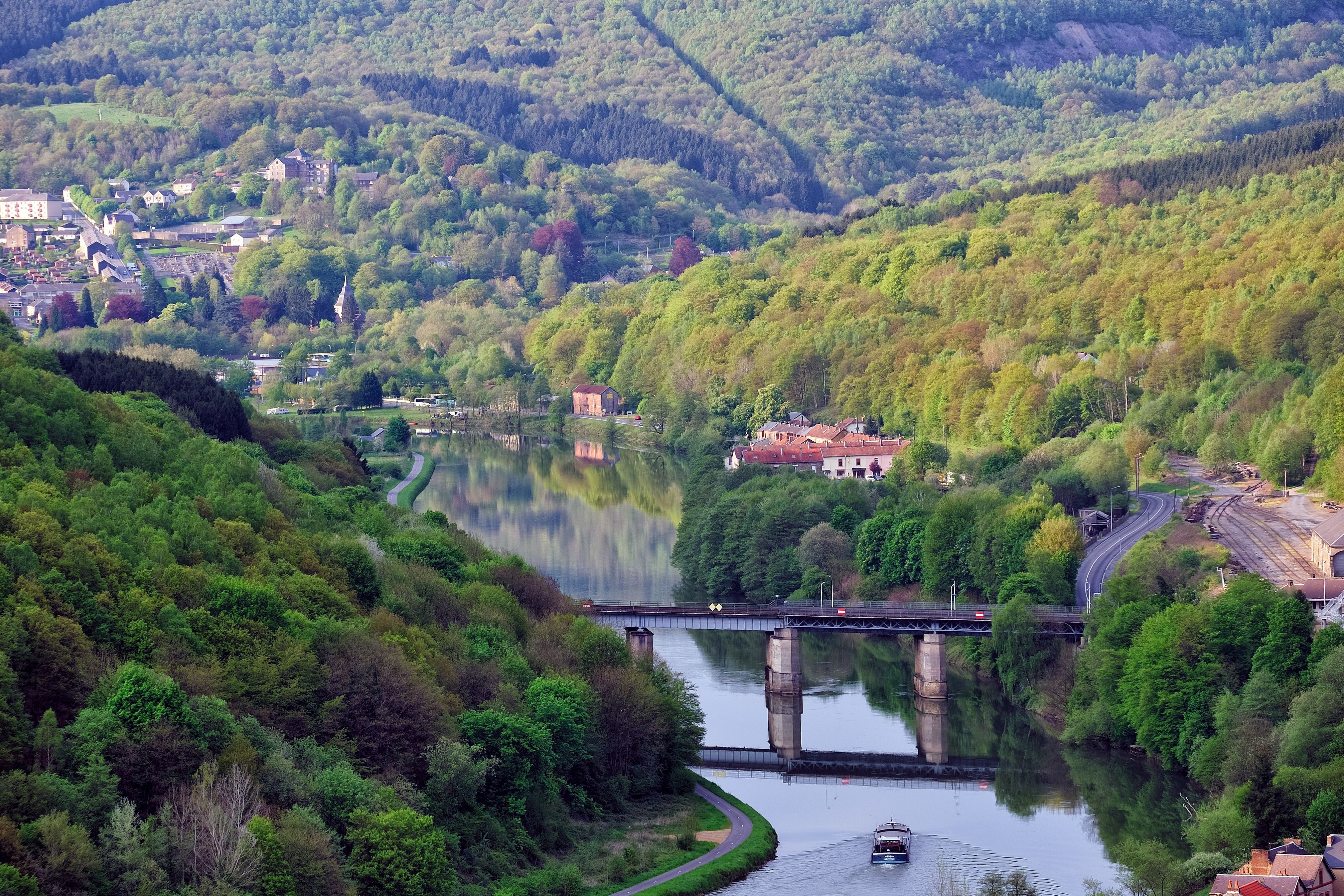
The Meuse continues its journey through France and reaches the Ardennes Regional Natural Park, a protected area, where it flows through a narrow valley where it forms a large number of meanders, the widest of which is home to several villages.
The Meuse flows for almost five hundred kilometres in France, almost reaching the towns of Rancennes and Givet, the last to form the border with Belgium.
The Meuse in Germany
For about a hundred kilometres, the Meuse serves as the border between Germany and the Netherlands. On the southern side of Germany it is joined by the river Rur, Rour or Roule as it is known.
The Meuse is one of the rivers that formed the border between the Kingdom of France and the Holy Roman Empire at the end of the 13th century. The river was so important that in Germany it is named after it in the national anthem (see article: River Spree).

